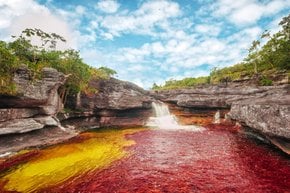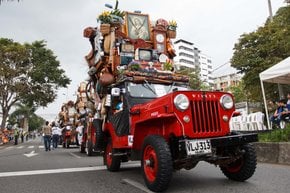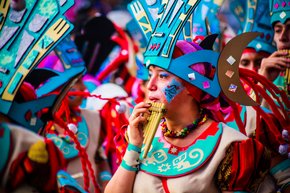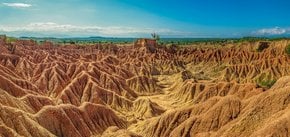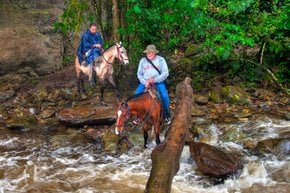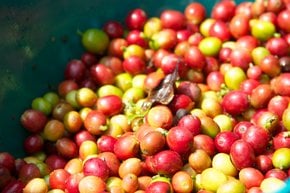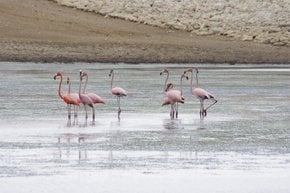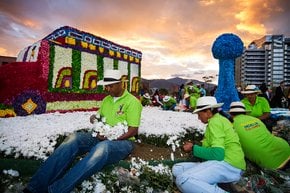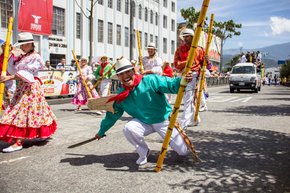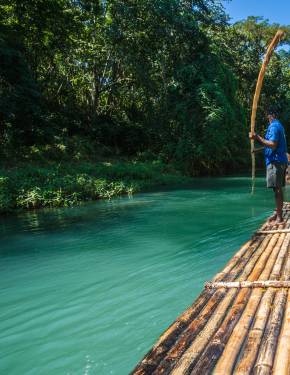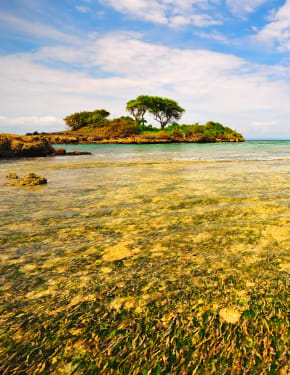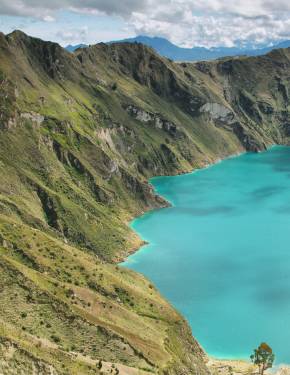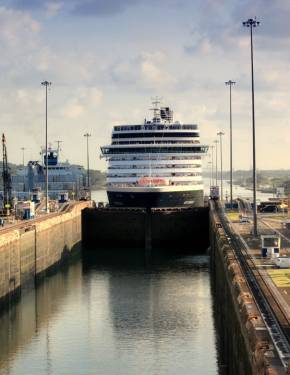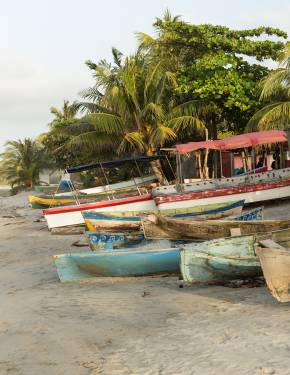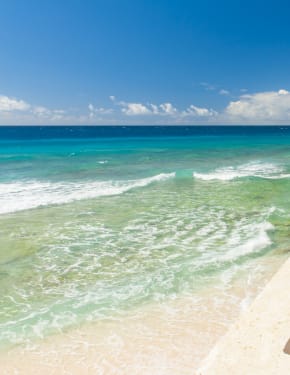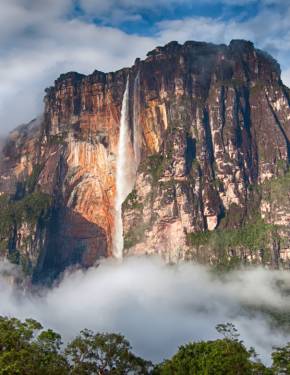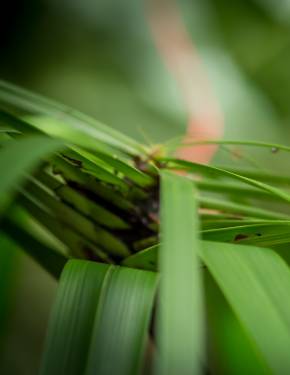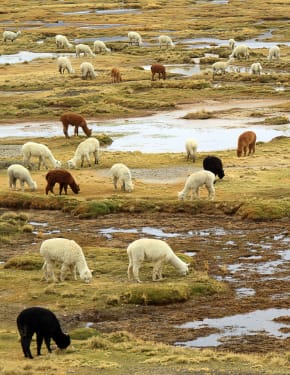Humpback Whales in Colombia 2026
Thousands head to warm equatorial waters to breed, feed, have some rest, and meet with curious tourists
Best time: July–October
Humpback whales migrate around 8,500 kilometers to reach the warm equatorial waters of Colombia, where they gather in large numbers for the breeding season. Approximately 3,000 whales can be observed along Colombia's shores, transforming the country's coastal paradises into ideal platforms for witnessing this remarkable natural event. These massive marine mammals prefer the region's warm waters to give birth and nurture their young.
The Best Time to See Humpback Whales in Colombia
Humpback whales can be observed in Colombia between July and October when they gather in large numbers to breed, feed, and rest in warm equatorial waters. The temperature during this time is just the right amount of warm and is perfect for getting out on excursions to catch a glimpse of these gentle giants.
Key Viewing Locations
Colombia is home to several prime whale-watching destinations, including Bahía Solano, Nuquí, Bahía Málaga, and Gorgona Island. Gorgona Island, in particular, is favored by whales for mating due to its ideal breeding conditions and crystal-clear waters, making it a popular spot to witness humpback whales breaching and playing. Bahía Solano, located in the Gulf of Cupica, also offers excellent whale-watching opportunities, with hotels in the area providing tours to see these majestic creatures. Similarly, Nuquí in the Gulf of Tribugá is another strategic location for observing whales, where local hotels cater to visitors seeking a close encounter with nature. For a spectacular view, Gorgona National Natural Park and Málaga Bay in Buenaventura are well-known sites, with Negritos in Málaga Bay particularly famous for its high number of whale births.
Lifespan & Numbers of Humpback Whales
Humpback whales typically live between 45 and 50 years, though some have been known to reach 70. However, factors like habitat destruction, climate change, and human activities can drastically shorten their lifespan. Protecting these whales and their environment is crucial for ensuring their survival and continued presence in our oceans. Colombia is home to about 3,000 humpback whales during their breeding season. The warm equatorial waters create the perfect setting for these whales to breed, feed, and rest. While annual sightings may fluctuate, whale-watching tours offer an excellent chance to observe these majestic creatures up close during this period.
Whale-Watching Tips
Despite the whales' massive size and their presence near shallow beaches, whale watching remains a safe activity as long as an appropriate distance is maintained. It is particularly true when observing from boats, where spectators often struggle to contain their excitement and are eager to witness the unique bond between mothers and their calves, which lasts until the young are weaned after about a year. For optimal visibility, try to secure a seat at the bow of the boat. If you are prone to motion sickness, it's best to choose a larger, more stable vessel.
What to Wear
Even on hot days, ocean temperatures can be significantly cooler, so it’s wise to bring a windbreaker or at least a sweater. Opt for long pants and closed-toed shoes with non-slip rubber soles for better comfort and safety. Additionally, protect yourself from harmful UV rays by wearing sunscreen, a sunhat, and sunglasses during your sea adventure.
What to Bring
Bring binoculars and a camera with a telephoto lens to enhance your chances of spotting and photographing sea mammals. Don’t forget to pack extra batteries. Given the likelihood of splashes, especially on small boats or kayaks, consider using a waterproof sleeve or zip bag to protect your phone and photo gear. While packing snacks is not essential, as many large catamarans and sailboats provide food and beverages onboard, smaller Zodiac boats typically offer a basic supply of water for the tour.
Photography Tips
Taking a great whale photo requires patience and quick reflexes. Watch for signs like diving birds, which often signal feeding whales. Focus on areas with bird activity, as the whale may surface suddenly. For shots of breaching or tail flukes, look for a whale arching its back—this usually means it's about to dive. Breaching is harder to predict, but if it happens once, it might happen again. Use a wide-angle lens for ocean scenery and a shorter lens for action shots, as it's easier to track the whale.



























































